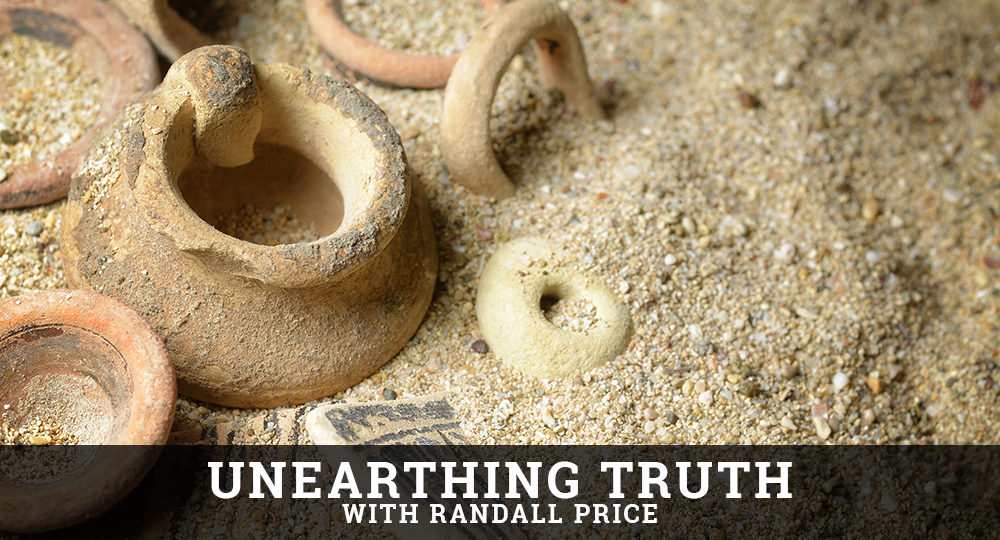The Strange Story of the Scapegoat
A strange ceremony is recorded in Leviticus 16:7–10 as part of the observance of Yom Kippur (Day of Atonement). The high priest was to bring two goats to the entrance of the Tent of Meeting and cast lots to determine which goat would be sacrificed as a sin offering and which one would be sent as a scapegoat into the wilderness.
The high priest would lay his hands on the scapegoat and “confess over it all the iniquities of the children of Israel, and all their transgressions, concerning all their sins” (v. 21). This act provided atonement for Israel by ridding it of national guilt. An attendant escorted the scapegoat into the wilderness and, according to tradition, drove it over a cliff to make sure it could not return to the Israelites’ camp bearing their sins.
On the surface, this ritual seems understandable; but the original text contains two Hebrew terms that require further consideration: gezerah and azazel.
Gezerah. This word describes where the scapegoat is sent: to a solitary place (literally, “cut off”).
Azazel. This word means “scapegoat” and explains how atonement is to be made. The word could imply the goat merely was sent into the wilderness, or it could signify its entire removal, or it could be a proper name.
The Jewish pseudepigraphal book of Enoch (8:1; 10:4) refers to Azazel as the name of a fallen angel (demon). The Jewish community at Qumran also read it as a name (11Q26) with a similar interpretation. Although Judaism has been divided on the meaning, this idea generally is supported by the Jewish Targums (first century BC) and was the dominant view in mid-rashic literature, where Azazel is depicted as a desert demon.
The understanding is that the sins of the community “were carried by the goat and returned to this demon for the purpose of removing them from the community and leaving them at their source in order that their power or effect in the community might be completely broken.”1 If this interpretation is accepted, the Israelites who sinned in the wilderness may have been demonically influenced. If so, the scapegoat may have been sent back to the source of the sin, represented by a site associated with this demon.
To be sure, the God of Israel was the source of this ritual. Also, the ritual clearly has a biblical, not a pagan, worldview. The Lord often accommodated established local practices when giving His people instructions for serving Him.
Rites that sent an animal away to remove an evil presence (not sins) were widely attested in the ancient Near East.2 The archaeological discoveries of an archive at Ebla included the earliest known example: A she-goat with a silver bracelet around her neck was sent into the wasteland of Alini.3 The Hittites removed evil from humans (in this case a plague) by transferring it to a bull that was driven to the open country and a ram to the land of the enemy.
The Lord used a prevailing practice but gave it new meaning fitting His unique nature and plan for atonement. That new meaning led to the cross, where our Savior experienced the full force of God’s wrath and Satan’s fury in bearing our sins and carrying them far away (Ps. 103:12).
ENDNOTES
-
- John E. Hartley, Leviticus, Word Biblical Commentary 4 (Waco, TX: Word Books, 1992), 238.
- David P. Wright, The Disposal of the Impurity: Elimination Rites in the Bible and in Hittite and Mesopotamian Literature (Atlanta, GA: Scholars Press, 1987), 15–74.
- Ida Zatelli, “The Origin of the Biblical Scapegoat Ritual: The Evidence of Two Eblaite Texts,” Vetus Testamentum 48:2 (April 1998), 254–263.








